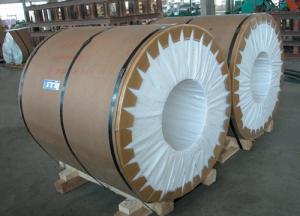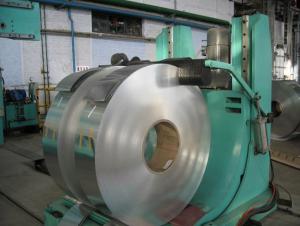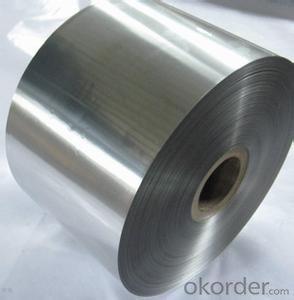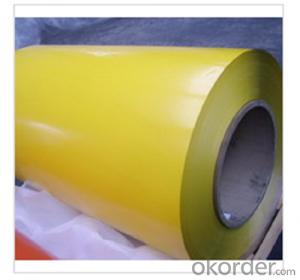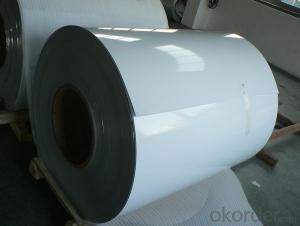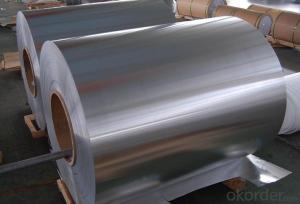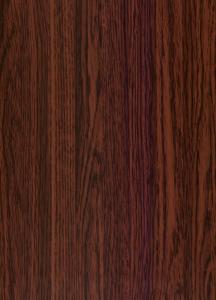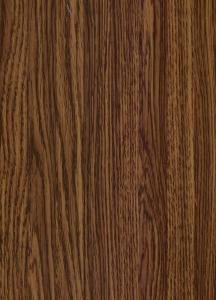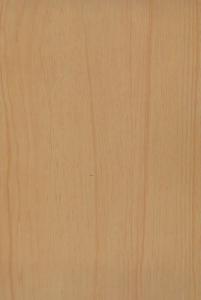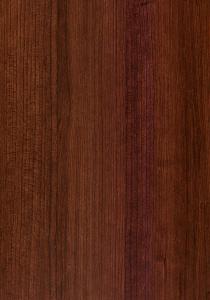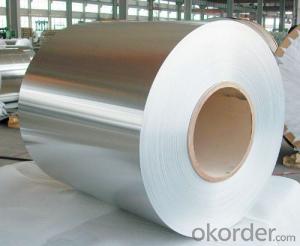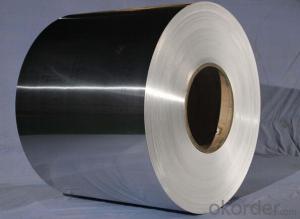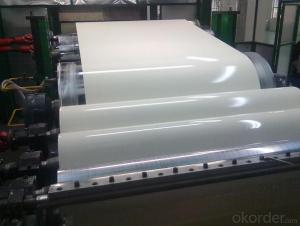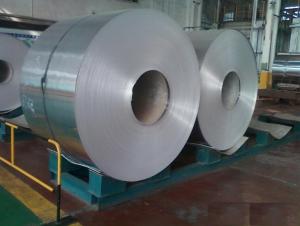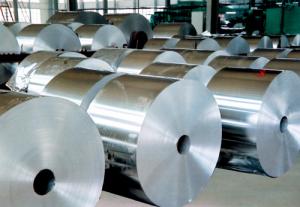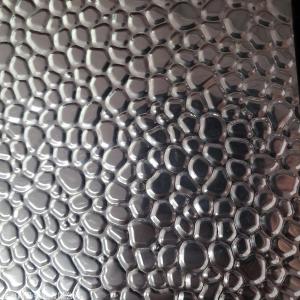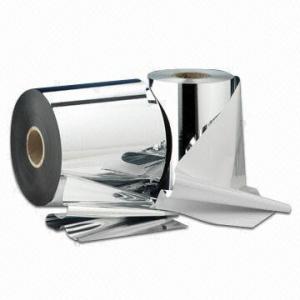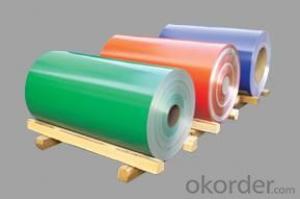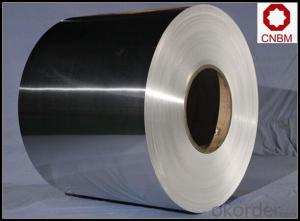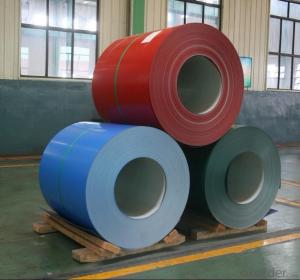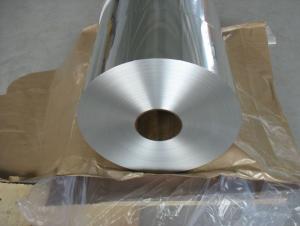Aluminum Coil Stock Brake
Aluminum Coil Stock Brake Related Searches
Coil Stock Aluminum Coil Aluminum Stock Aluminum Coil Stock Gauge Aluminum Trim Coil Stock Aluminum Coil Stock For Sale Black Aluminum Coil Stock Alcoa Aluminum Coil Stock Aluminum Coil Stock Lowe's Aluminum Siding Coil Stock Anodized Aluminum Coil Stock Wood Grain Aluminum Coil Stock Vinyl Coated Aluminum Coil Stock Aluminum Coil Stock Thickness Aluminum Coil Stock White Aluminum Strapping Coil Aluminum Coil Stock Prices Aluminum Coil Stock Near Me Brown Aluminum Coil Stock Aluminum Coil Stock Holder Aluminum Gutter Coil Stock Colored Aluminum Coil Stock White Aluminum Coil Stock Aluminum Foil Stock Pvc Coated Aluminum Coil Stock Painted Aluminum Coil Stock 032 Aluminum Coil Stock Aluminum Strip Coil Rollex Aluminum Coil Stock Aluminum Frame Stock Aluminum Coil Stock ColorsAluminum Coil Stock Brake Supplier & Manufacturer from China
Aluminum Coil Stock Brake is a specialized piece of equipment designed to handle and process aluminum coils efficiently. This machine is essential in various industries, such as construction, automotive, and aerospace, where aluminum materials are widely used. The Stock Brake is engineered to provide precise bending and forming of aluminum coils, ensuring high-quality output and optimal performance in manufacturing processes.The Aluminum Coil Stock Brake is utilized in a variety of applications, including the production of aluminum sheets, panels, and other components that require intricate bending and shaping. This product is particularly useful in scenarios where high precision and consistent results are crucial, such as in the fabrication of automotive parts, architectural facades, and aircraft components. Its ability to handle large aluminum coils with ease makes it a popular choice among manufacturers seeking to streamline their production processes.
Okorder.com is a leading wholesale supplier of Aluminum Coil Stock Brake, boasting a vast inventory to cater to the diverse needs of clients across different industries. As a reputable supplier, Okorder.com ensures that their products meet the highest standards of quality and performance, providing customers with reliable and efficient solutions for their aluminum coil processing requirements.
Hot Products

